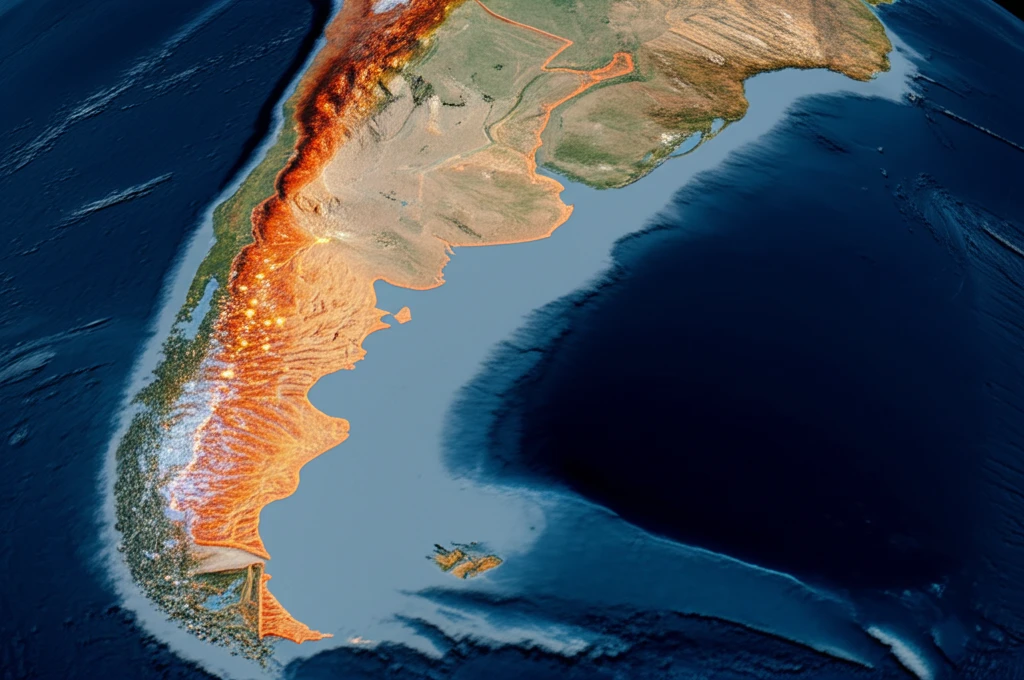
Childhood Cancer Hotspots: Uncovering Risks and Taking Action
"A deep dive into spatial-temporal clusters of pediatric cancer incidence in Córdoba, Argentina, and what it means for prevention and early detection."
While relatively rare, childhood cancer is gaining increased attention worldwide. Unlike many adult cancers, we often know very little about what causes cancer in children. While treatments have improved dramatically, understanding where and when these cancers occur can provide vital clues.
A recent study in Córdoba, Argentina, used geographic information systems (GIS) to analyze childhood cancer cases between 2004 and 2013. By mapping these cases, researchers identified specific clusters—areas where cancer rates were significantly higher than expected. This type of spatial-temporal analysis helps us understand patterns that might otherwise go unnoticed.
This article explores the findings of this research, highlighting the importance of identifying cancer clusters and the potential impact on public health and future research.
Mapping Cancer: Unveiling the Córdoba Clusters

The study focused on data from the Córdoba Province Tumor Registry, encompassing 1,098 cases of cancer in children aged 0-14 years. Researchers used SaTScan software to identify statistically significant clusters of cancer incidence within specific departments (administrative divisions) of the province.
- Overall Tumors (Capital and Colón): A significant cluster of total tumors was found in the Capital and Colón departments. This is particularly concerning, as these areas account for a large proportion of the province's child population.
- Leukemia (Capital, Río Primero, Río Segundo, and Tercero Arriba): Leukemia, the most common type of childhood cancer, clustered in these departments.
- Kidney Tumors (Cruz del Eje, Minas, Pocho, Punilla, San Alberto, San Javier, and Santa María): This cluster, though composed of a less common cancer type, showed very high associated risk indicators.
- Nervous System Tumors (Capital and Colón): Malignant tumors of the nervous system also clustered in the Capital and Colón departments.
What Does This Mean for Prevention and Future Research?
Identifying these cancer clusters is a crucial first step. It allows public health officials and researchers to focus their efforts on investigating potential risk factors within these specific areas. Further research should explore environmental exposures, socioeconomic factors, and genetic predispositions that may contribute to the elevated cancer rates. By understanding these factors, targeted interventions can be developed to reduce cancer risk and improve early detection strategies for children in Córdoba and potentially other regions with similar characteristics.
